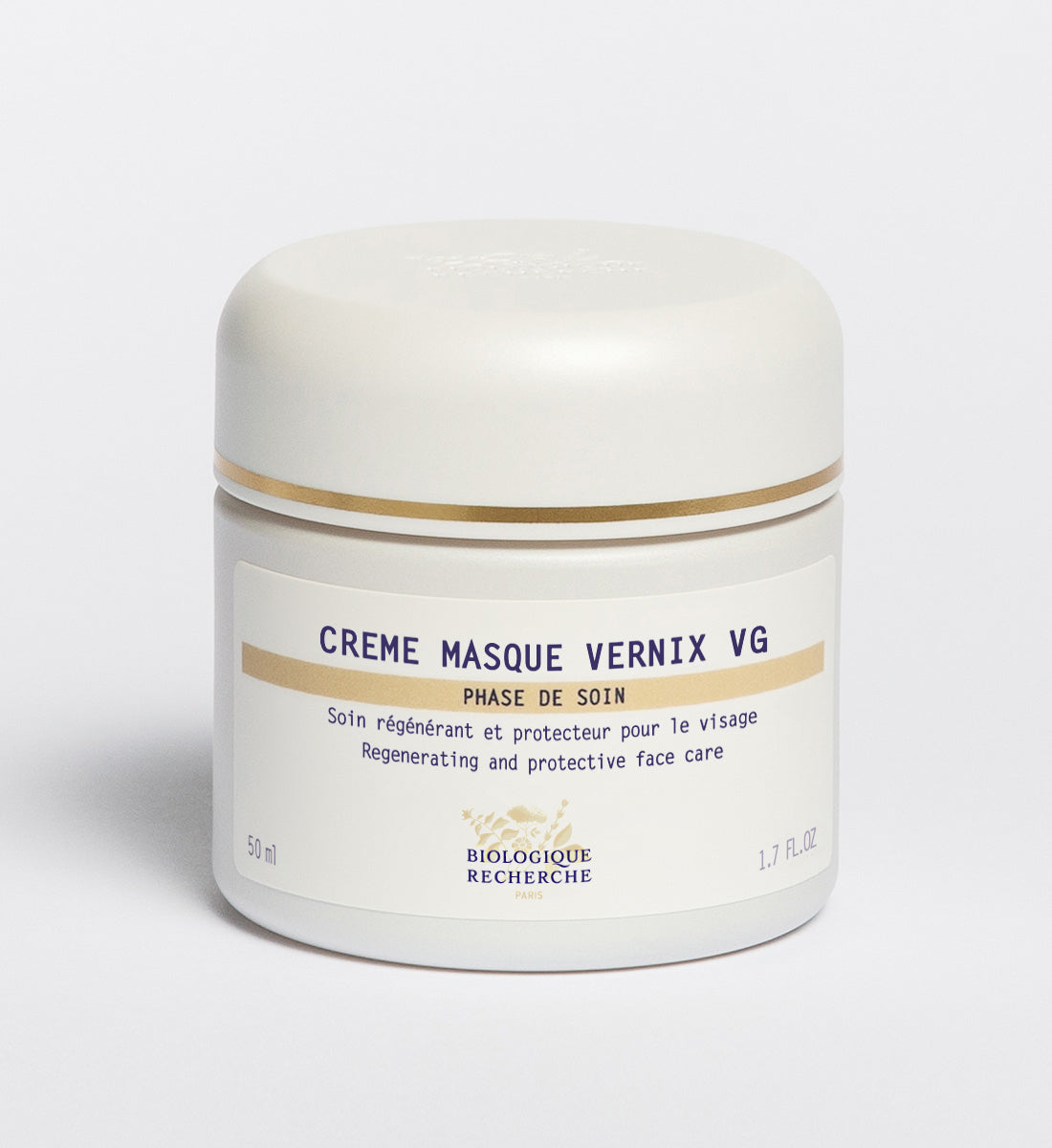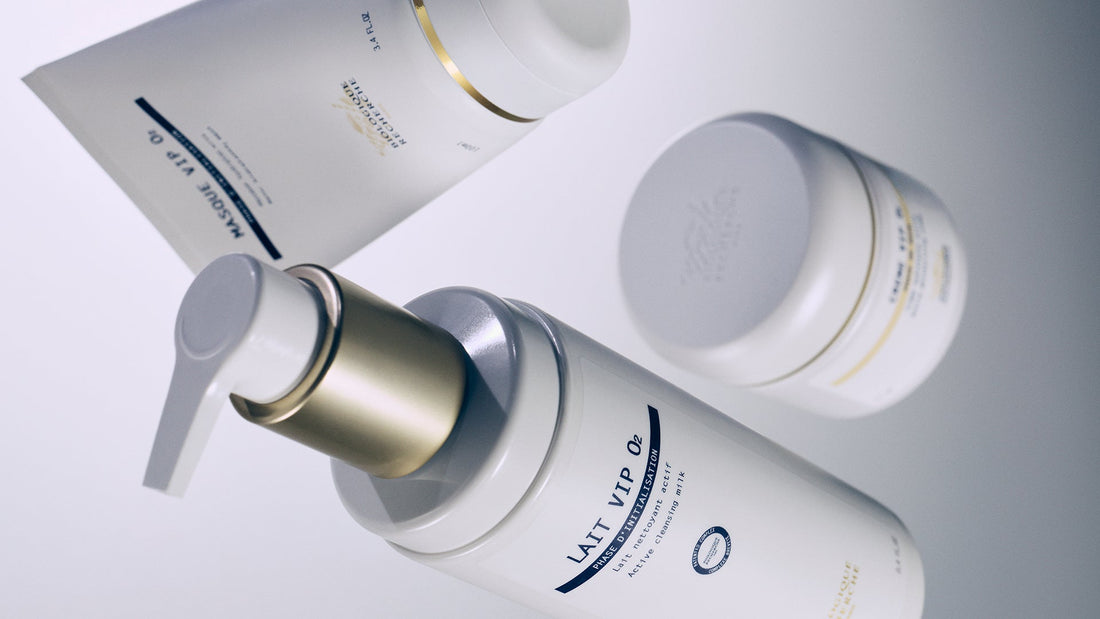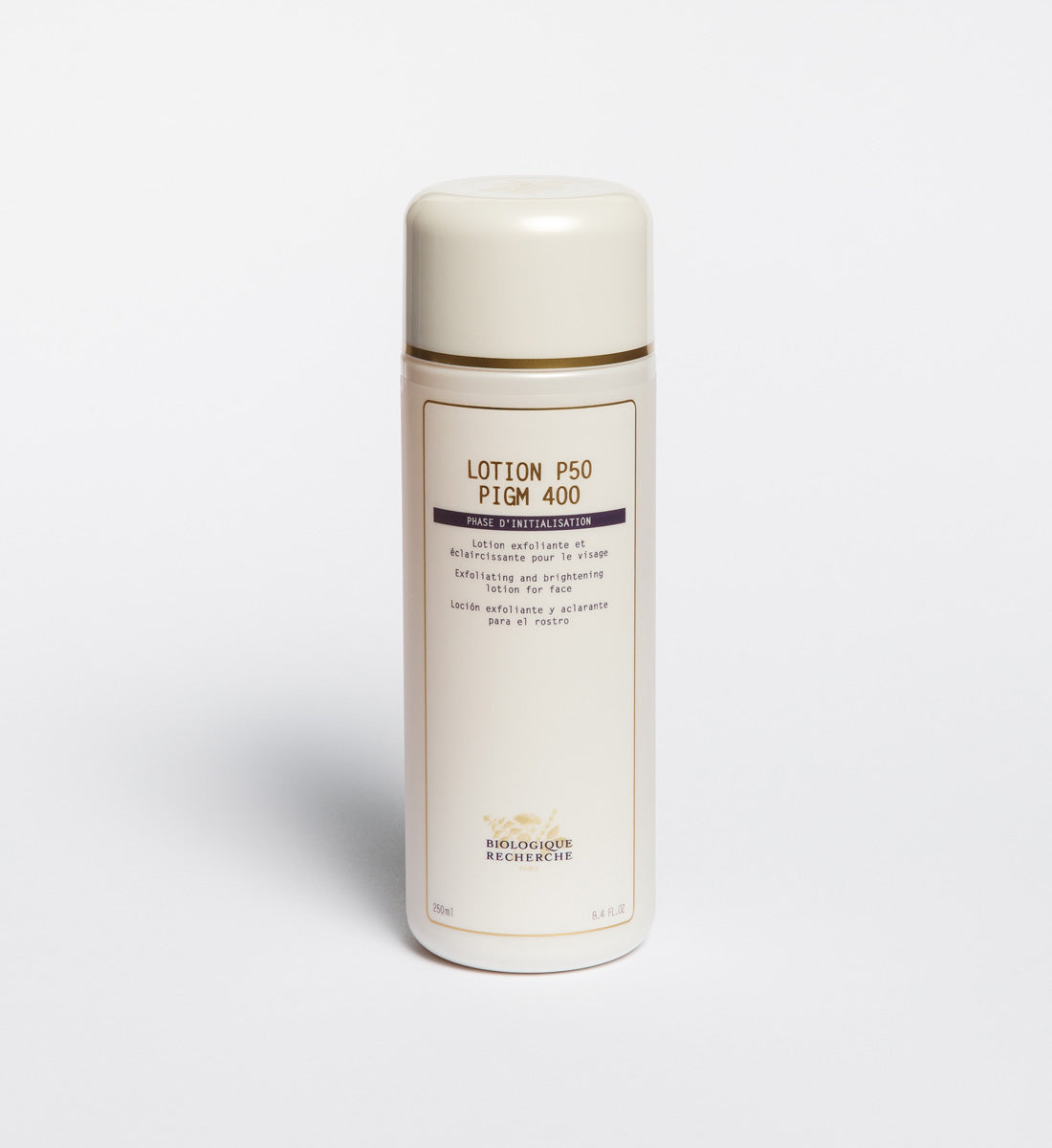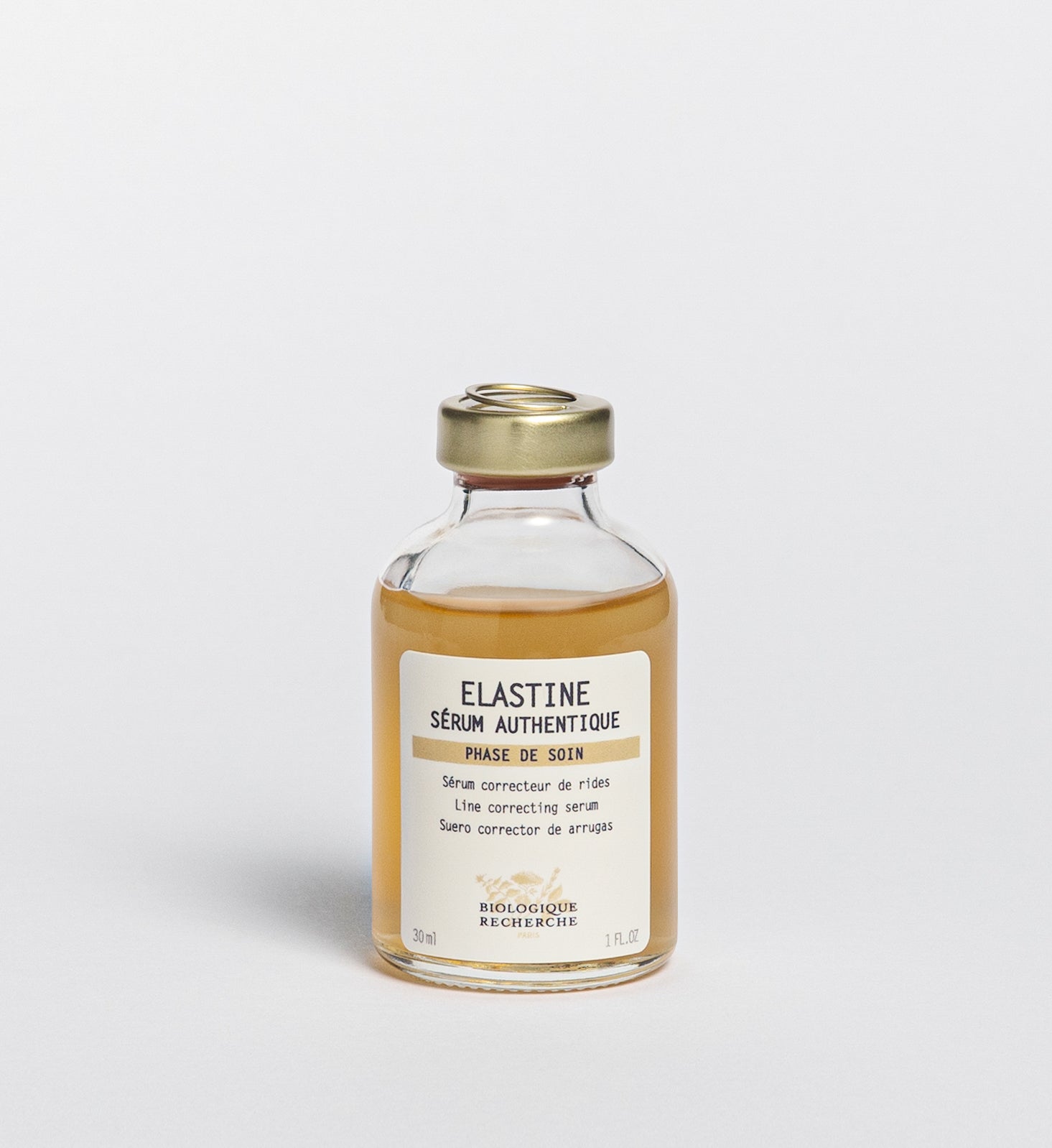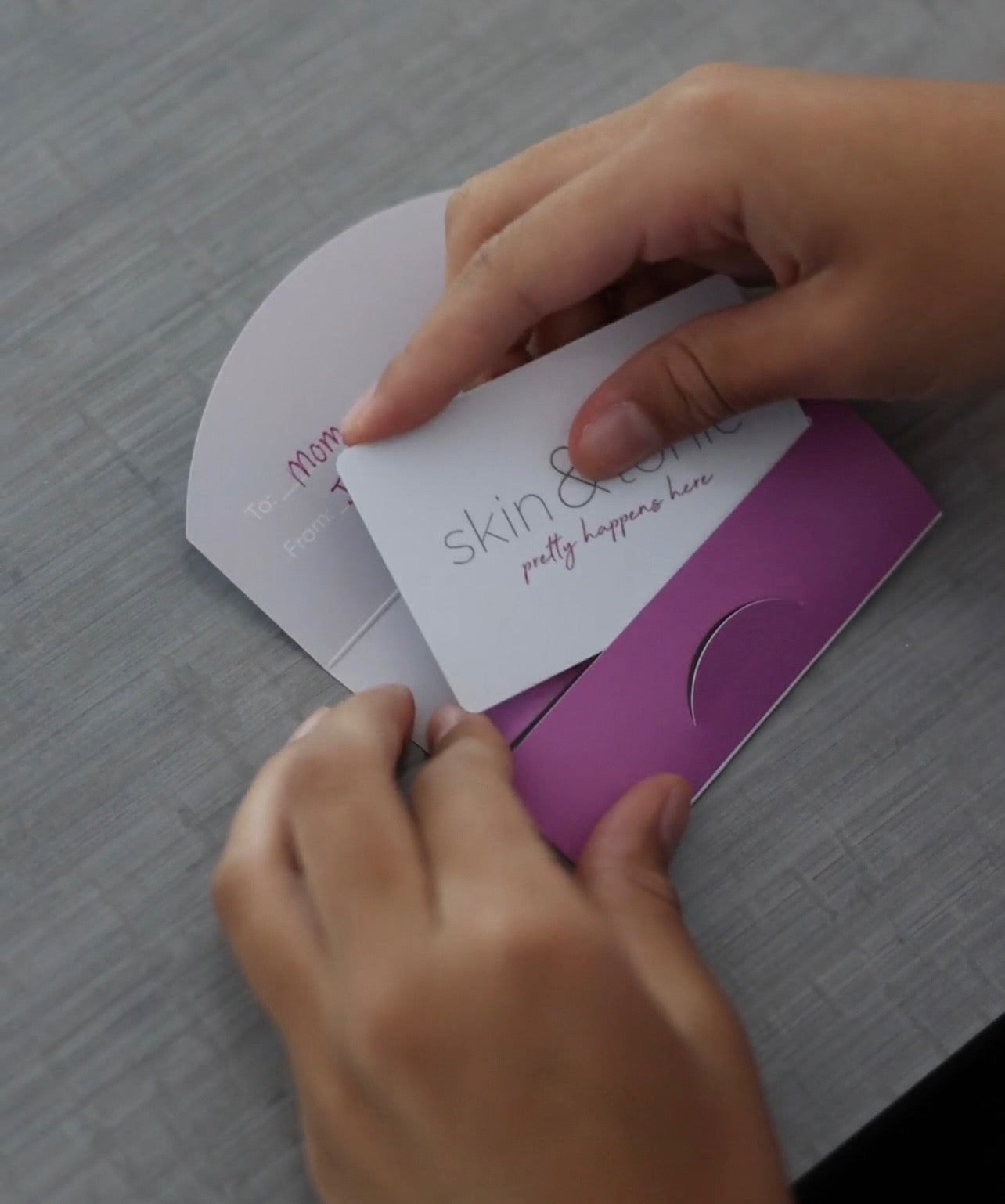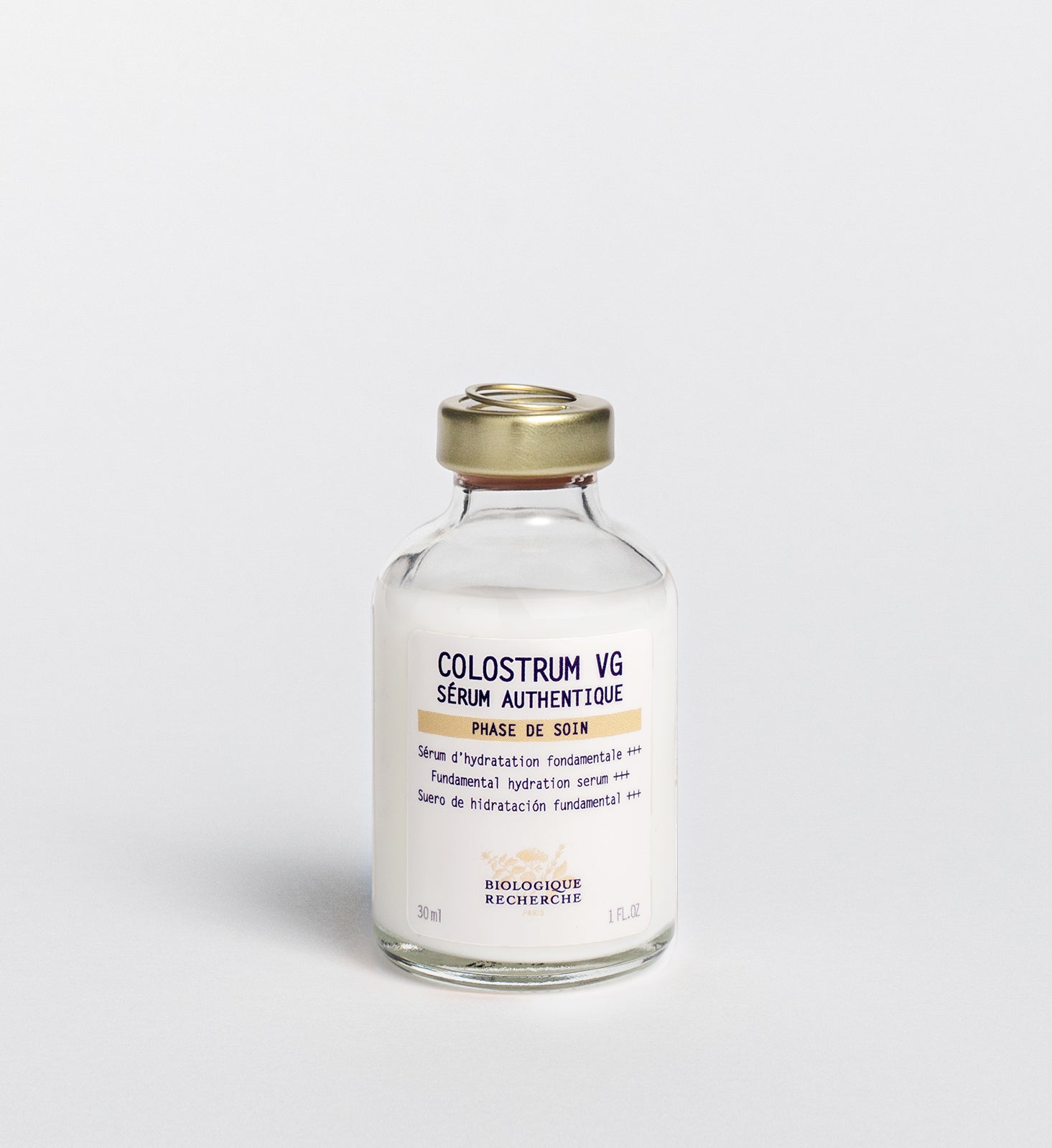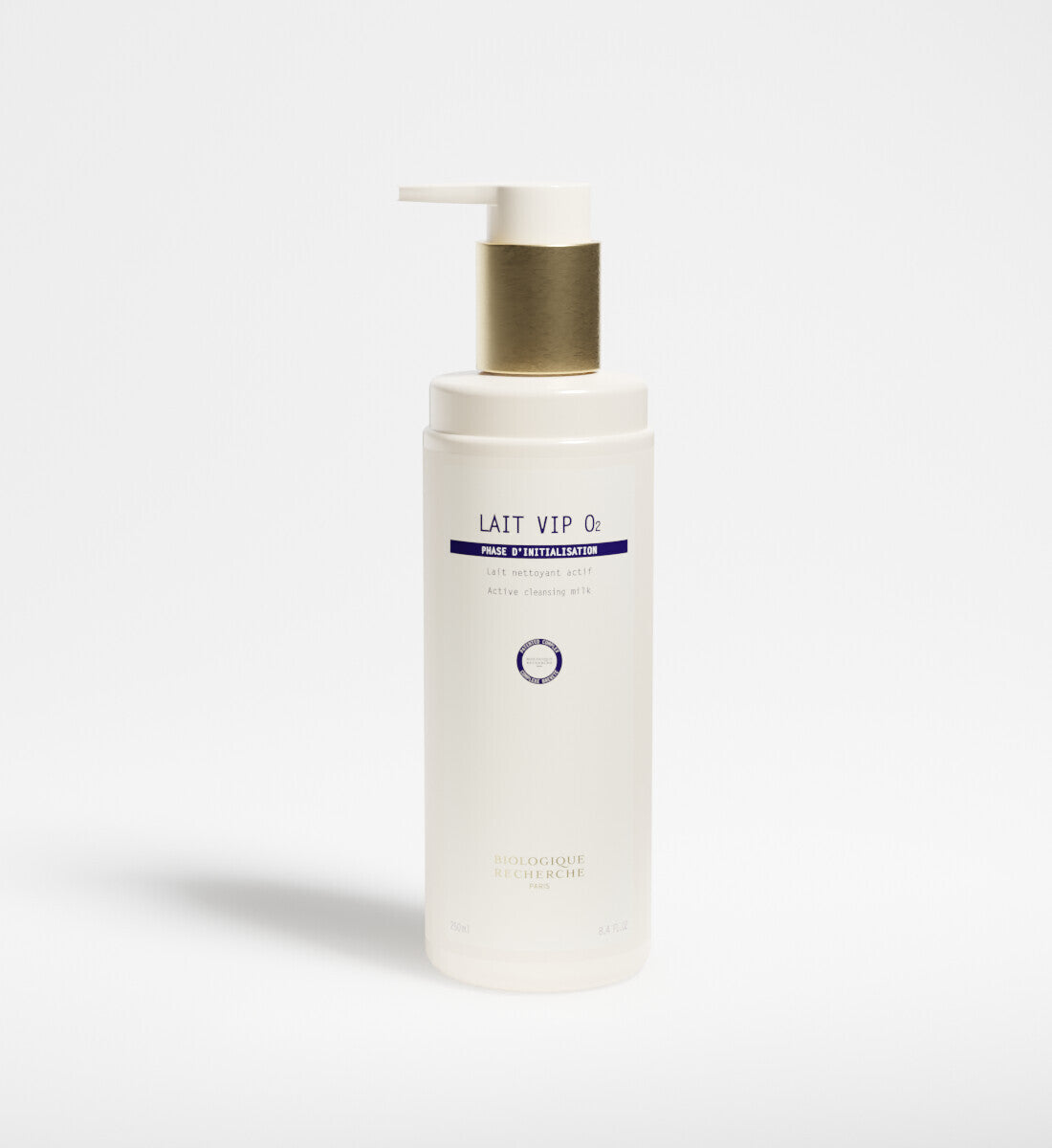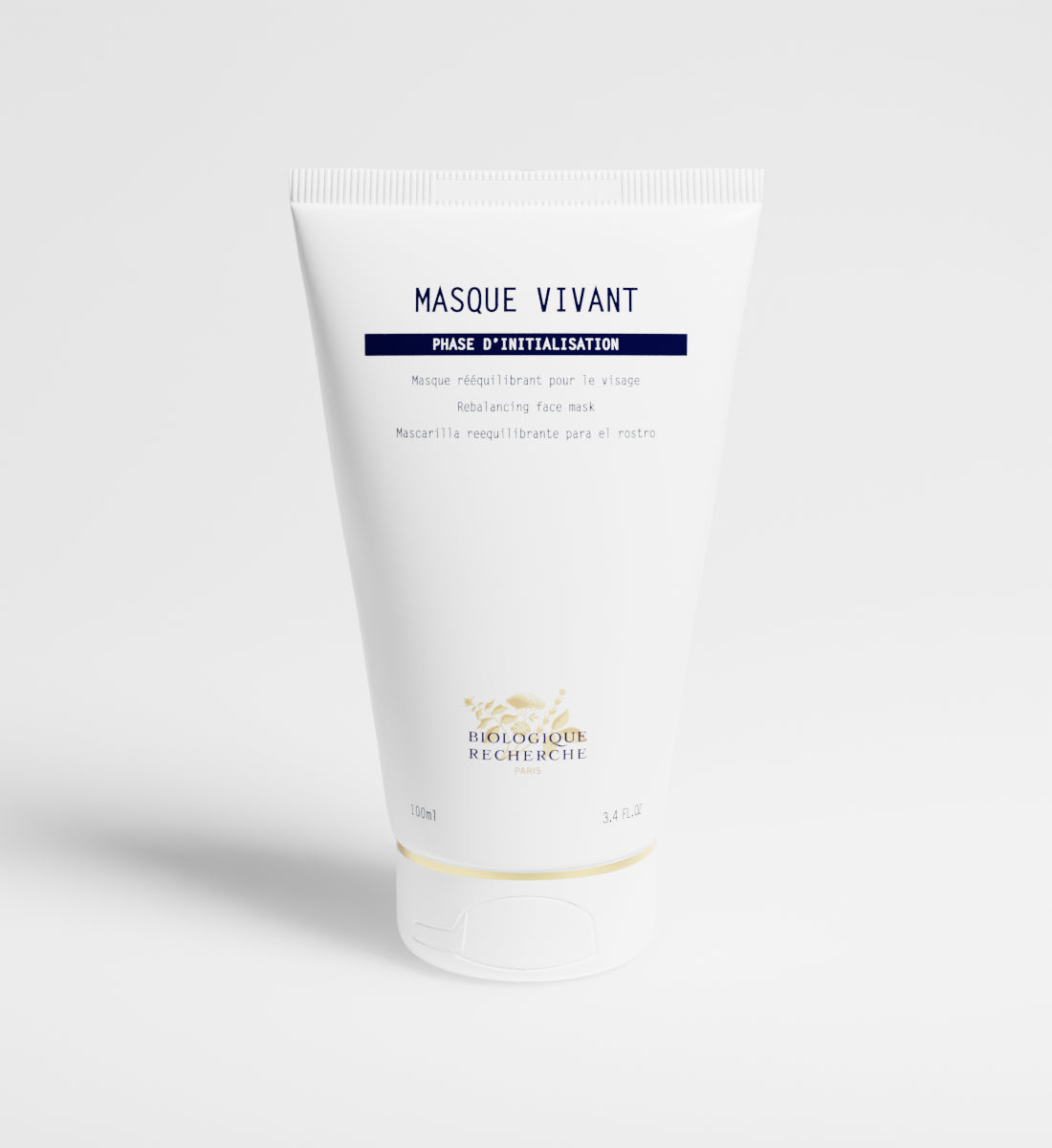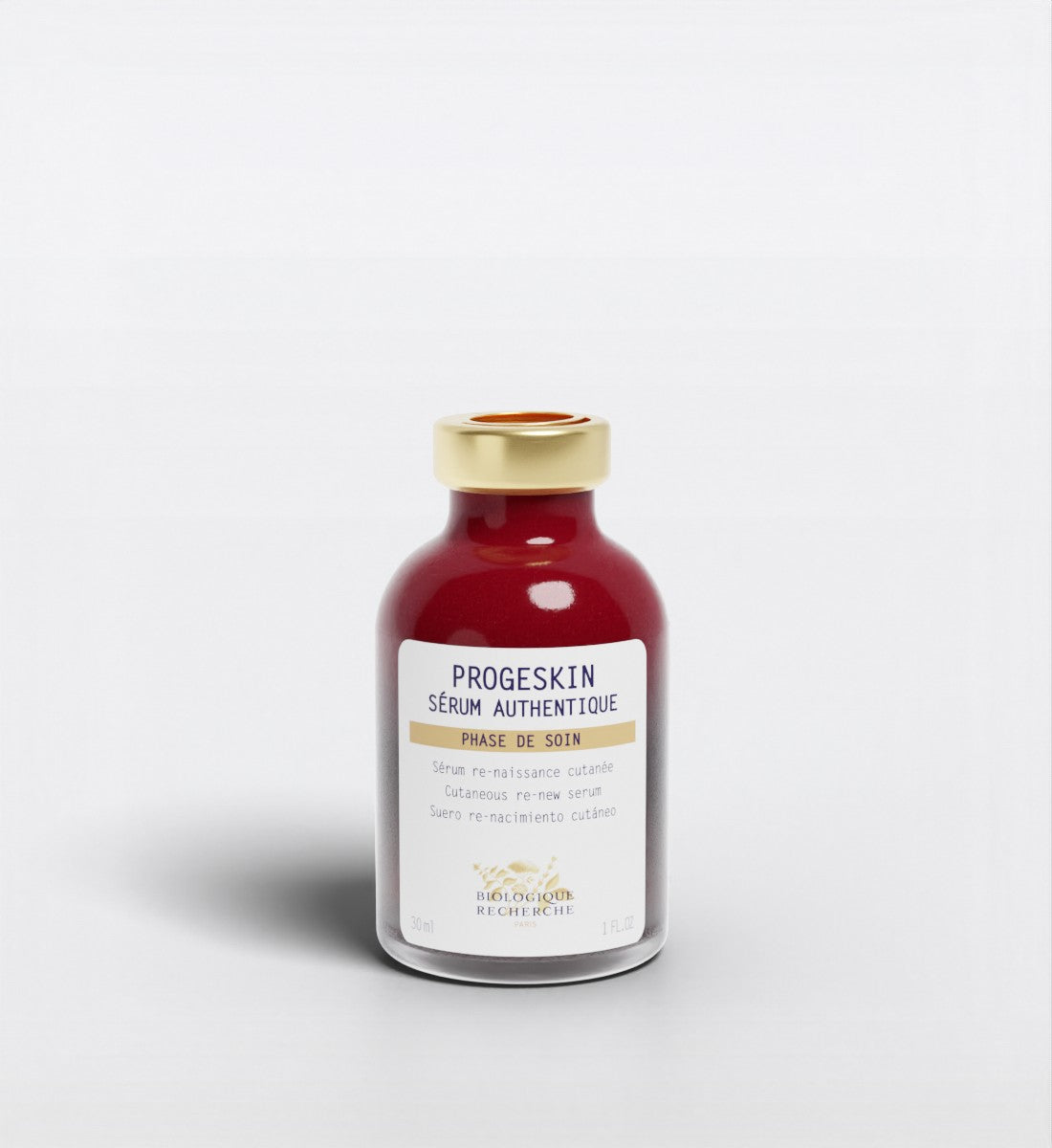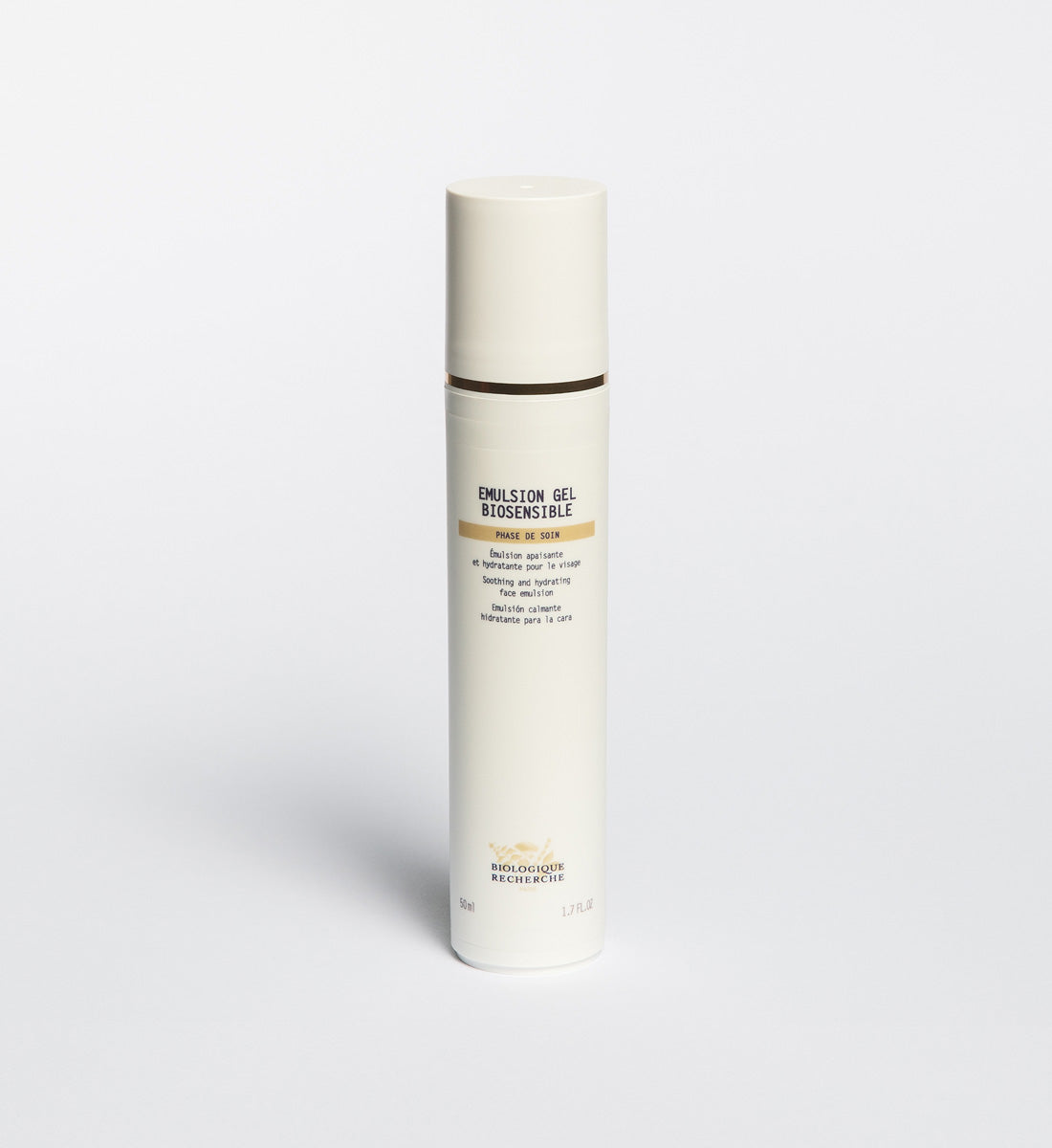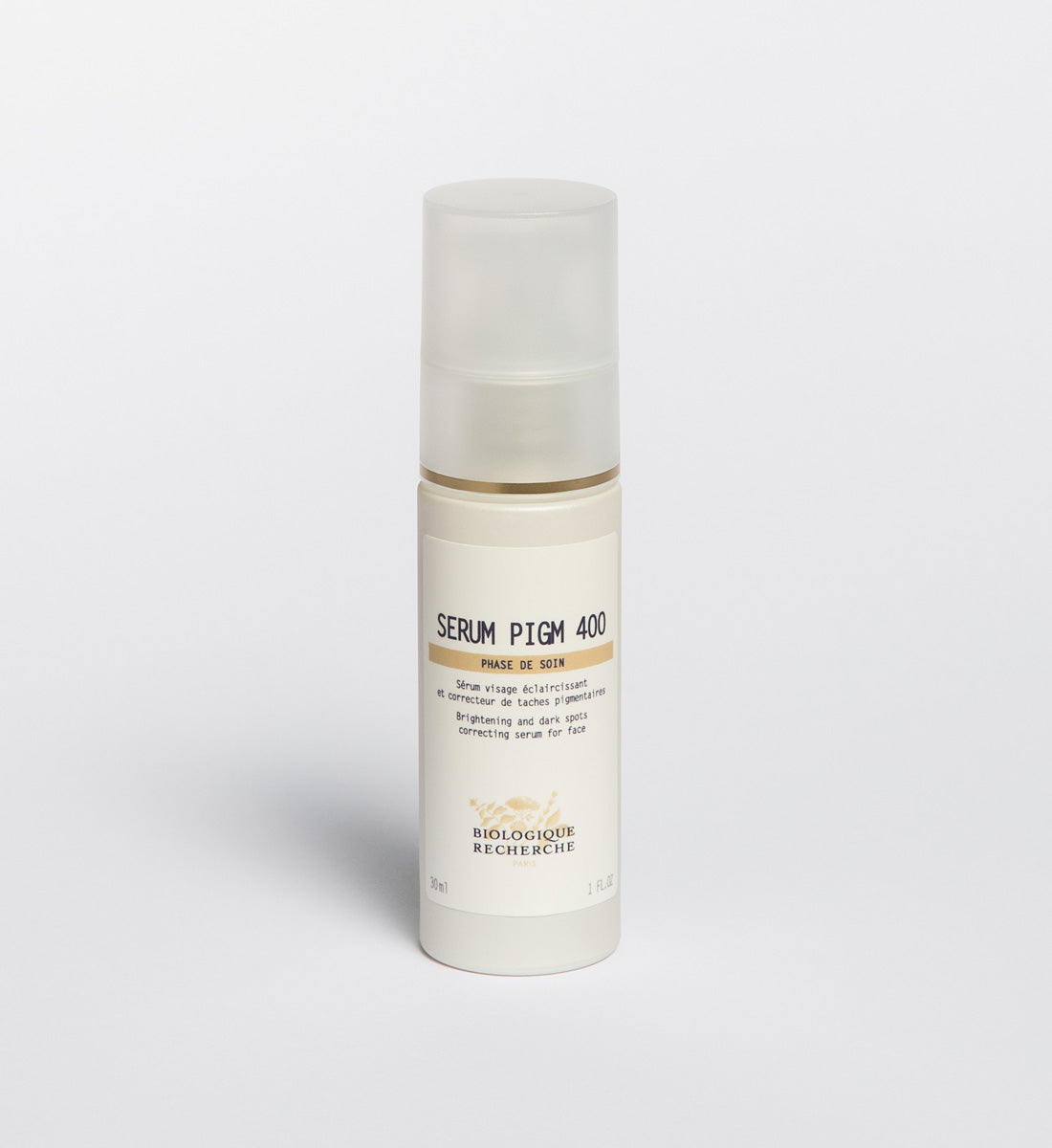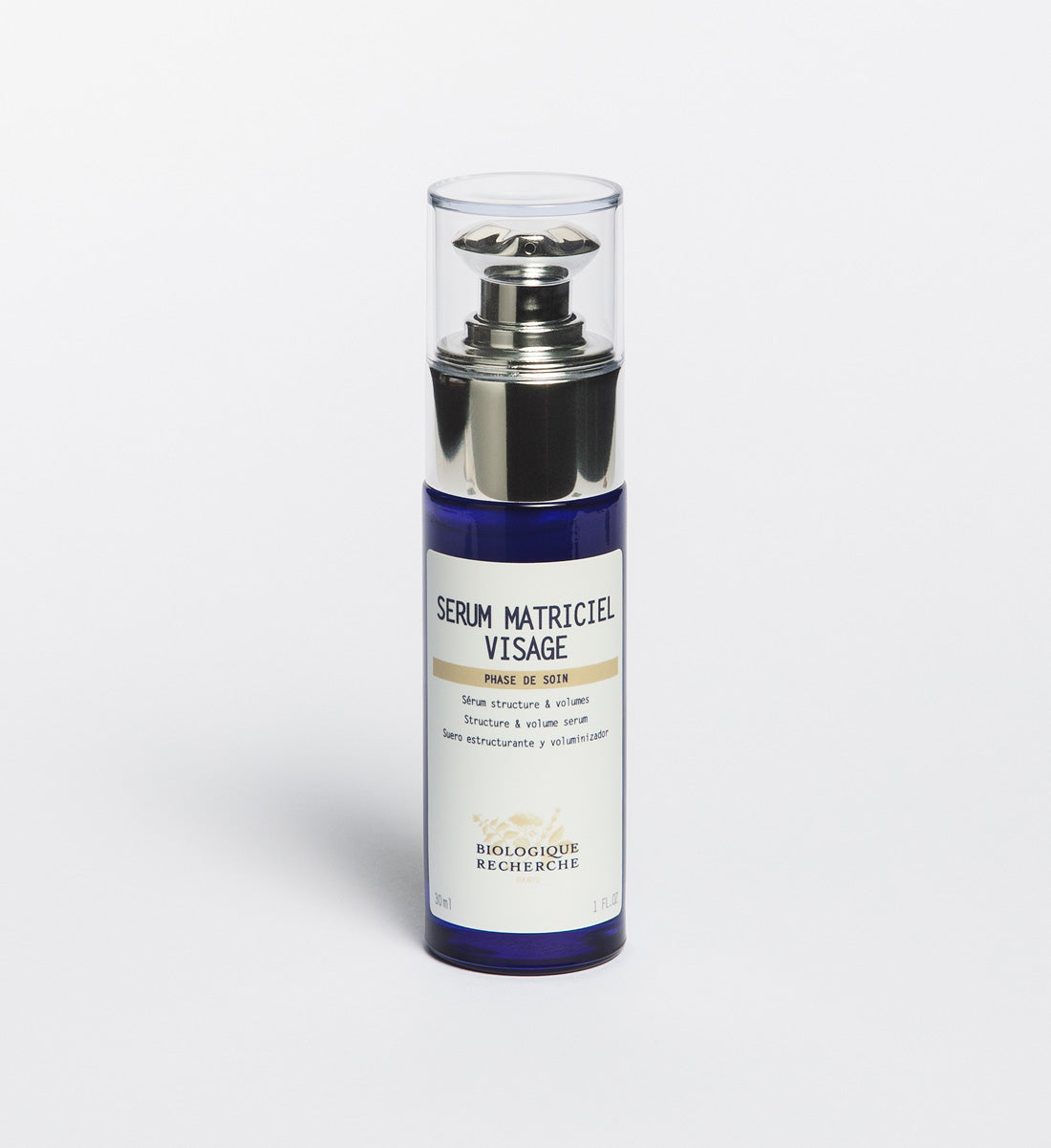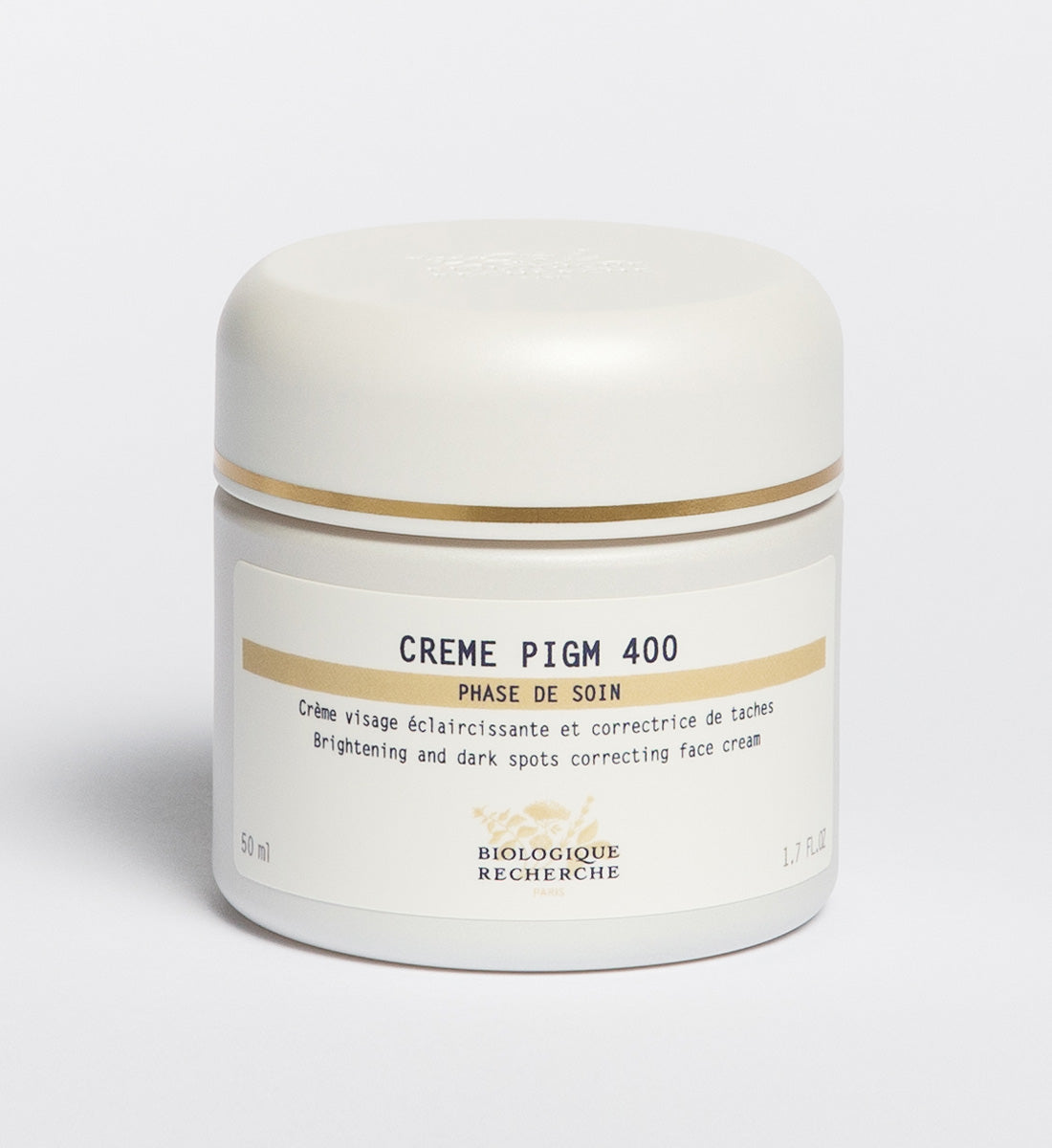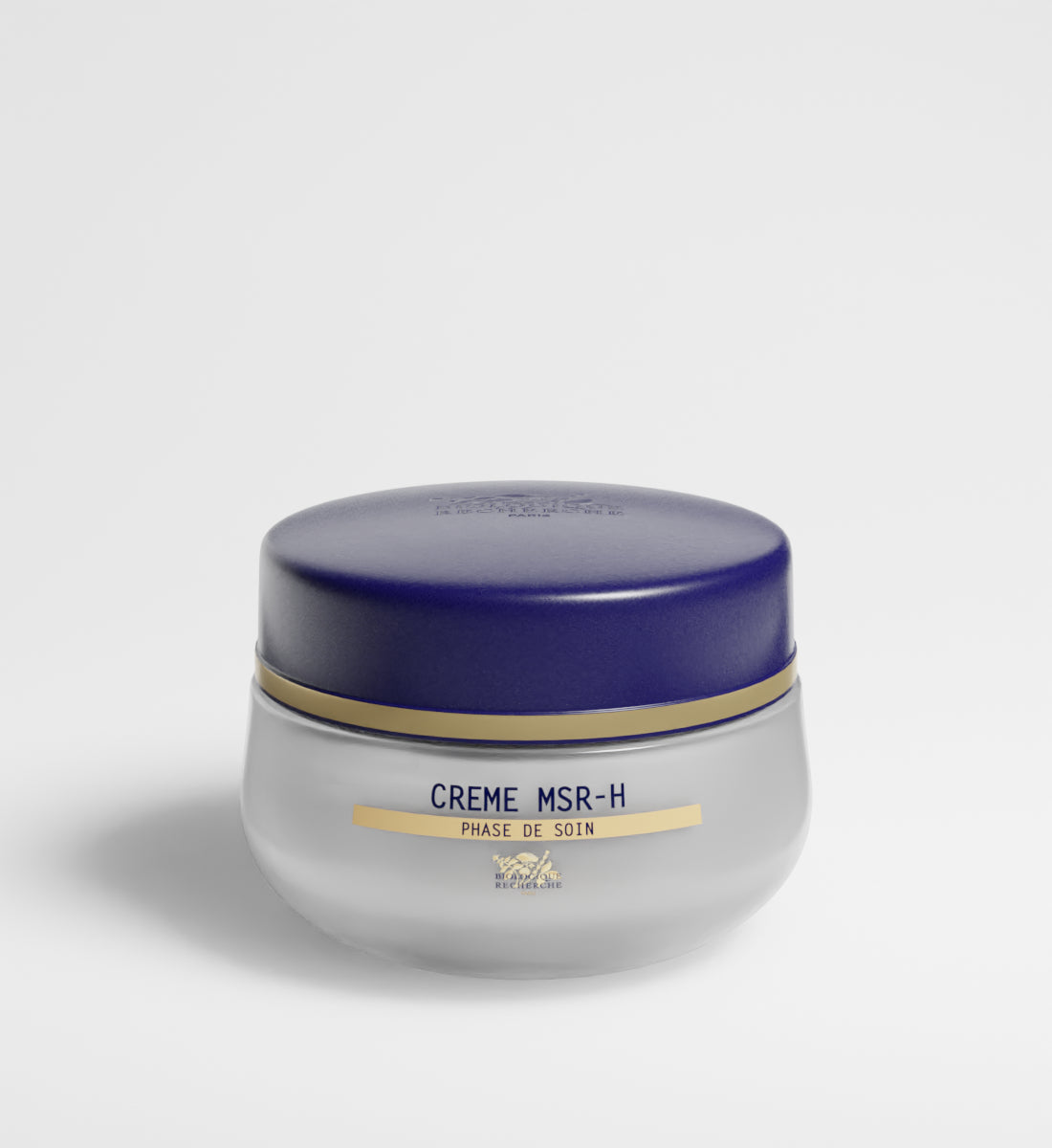Having a clear, spot-free face is a common desire for many. It's not just about vanity; it's about feeling confident and comfortable in your skin. Everyone yearns to step out into the world feeling good about their appearance. Dark spots, whether from the sun, scars, or aging, can be a source of insecurity for many. They disrupt the uniformity of skin tone, drawing attention in a way most of us would rather avoid.
Understanding how to effectively remove or fade these dark spots means navigating through a lot of information and options, from home remedies to professional treatments. This guide aims to simplify that journey, providing clear, straightforward advice on tackling dark spots and achieving the radiant skin everyone deserves.
Understanding Facial Dark Spots
Facial dark spots, known medically as hyperpigmentation, are a common skin concern for many people. They appear as patches or areas of skin that are darker than the surrounding area. These spots are not harmful but can be a cosmetic concern for those who have them. Let's delve into what causes these spots to form on our skin.
Causes of Hyperpigmentation
Hyperpigmentation is essentially your skin's response to certain triggers, leading to an excess production of melanin, the pigment that gives your skin its color. Several factors can prompt this response:
- UV Exposure: The sun's rays can stimulate melanin production, leading to sunspots or age spots, especially in areas frequently exposed to the sun.
- Hormonal Changes: Hormonal fluctuations, such as those during pregnancy or from birth control pills, can trigger melasma, a type of hyperpigmentation characterized by dark patches, often on the face.
- Inflammation: Post-inflammatory hyperpigmentation (PIH) occurs after skin injury or inflammation. Common causes include acne lesions, burns, or cuts. After the initial wound heals, it leaves behind darker skin.
- Certain Medications: Some drugs, including certain chemotherapy drugs, can cause hyperpigmentation as a side effect.
- Injuries or Friction: Physical trauma to the skin or constant friction (like rubbing or tight clothing) can also lead to dark spots.
Understanding these causes is the first step in addressing hyperpigmentation. Knowing what triggers your skin's response can help in selecting the most appropriate skincare treatment options and preventive measures to keep your skin clear and even-toned.
Topical Treatments for Dark Spots
Topical treatments play a crucial role in the battle against dark spots. These treatments, which you apply directly to your skin, are diverse. They include options you can buy without a prescription as well as stronger medications that a doctor must prescribe. The goal of these treatments is to lighten those dark patches gradually, making your skin tone more even over time.
The Role of Retinoids in Skin Renewal
Retinoids are a group of compounds derived from vitamin A. They're often hailed as a miracle for skin renewal due to their ability to accelerate cell turnover. This means they help your skin shed old, pigmented cells faster and make way for new, healthy ones. This action can slowly but surely reduce the appearance of dark spots.
A word of caution, though: retinoids tend to increase your skin's sensitivity to sunlight. So, if you're using them, wearing sunscreen every day is non-negotiable to protect your skin from further damage.
At Skin & Tonic, we choose not to use or recommend retinoids. While they may be effective with a dermatologist’s supervision, our expert team of skin specialists opt for a different approach. We focus on ingredients like alpha hydroxy acids (AHAs), beta hydroxy acids (BHAs), and poly hydroxy acids (PHAs). These compounds offer similar benefits in accelerating cell turnover and rejuvenating the skin, but with a formulation that suits a broader range of skin types without increasing sun sensitivity.
AHAs and BHAs & Fruit Acid Peels
Chemical exfoliants are acids that work by dissolving the bonds that hold dead skin cells on the skin's surface. Alpha-hydroxy acids (AHAs), like glycolic acid, and beta-hydroxy acids (BHAs), like salicylic acid, are two types of chemical exfoliants.
AHAs are water-soluble and work on the skin's surface, making them ideal for sun-damaged and dry skin. BHAs are oil-soluble, allowing them to penetrate deeper into the pores to help with oily skin and acne. By removing dead skin cells, these acids can help fade dark spots, although it's important to use them correctly to avoid skin irritation.
At Skin & Tonic, we prefer the gentle yet effective power of fruit acid peels for exfoliation. These natural exfoliants work by dissolving the bonds that hold dead skin cells to the skin's surface. By using fruit acid peels, we help promote the fading of dark spots and improve overall skin brightness without the harshness often associated with synthetic chemical peels
Natural Lightening Agents
Kojic Acid
Kojic acid is a by-product of the fermentation process of certain fungi. It's known for its ability to lighten the skin by inhibiting the production of melanin, the pigment responsible for dark spots. Kojic acid is particularly popular for those with sensitive skin because it offers a gentler alternative to some harsher skin-lightening chemicals.
Arbutin
Arbutin is a natural compound found in certain plants, such as bearberry. It works similarly to kojic acid by inhibiting tyrosinase, an enzyme that plays a key role in melanin production. Because it's derived from plants and works gradually, arbutin is considered a safe and gentle option for lightening dark spots.
Aloe Vera
Aloe vera is well-known for its soothing and healing properties, but it can also play a role in treating hyperpigmentation. Compounds in aloe vera, such as aloin, can help lighten dark spots by breaking down melanin in the skin and preventing further melanin production. Its gentle nature makes aloe vera an excellent option for those looking for a natural treatment.
Hydroquinone
Hydroquinone is one of the most effective skin-lightening agents available. It works by reducing the production of melanin, which in turn lightens the appearance of dark spots. Due to its potency, hydroquinone is usually available through prescription, and its use should be closely monitored by a dermatologist to avoid potential side effects, such as irritation or overly lightening the skin.
When dealing with dark spots, consistency and patience are key. These treatments take time to work, and it's important to follow product directions and your dermatologist's advice closely.
Professional Treatments for Dark Spots
When the usual creams and serums don't quite hit the mark in fading those stubborn dark spots, professional treatments step into the limelight. These treatments, often more potent and direct, require the expertise of a dermatologist or skincare professional. Let's break down some of the most effective professional options available.
Laser Therapy Explained
Laser therapy stands out as a highly targeted approach to tackling dark spots. By emitting concentrated beams of light, it directly targets the melanin (the pigment that gives spots their color) without harming the surrounding skin. There's a variety of laser types, each suited to different skin tones and types, to ensure safety and effectiveness. Consulting with a dermatologist is crucial here—they'll help you decide if laser therapy is a good fit for you, considering your skin's unique needs and health history.
Chemical Peels and Their Effectiveness
While traditional chemical facial peels take a more abrasive approach by applying a solution that peels away the top layers of skin, revealing fresher, less pigmented skin underneath, these treatments can require some downtime for the skin to heal properly. Peels vary in strength and can significantly reduce the appearance of dark spots. However, the effectiveness of a peel depends on the depth of the peel and the original severity of the dark spots, making a consultation with a skincare professional essential.
Instead of a harsh chemical peel, you may find better success with a gentler alternative. Fruit acid peels, or enzyme peels, offer a lighter approach that can be just as effective without the extensive downtime. These peels, derived from natural sources, are excellent for those looking to gently rejuvenate their skin while managing dark spots.
Microdermabrasion for Skin Renewal
Microdermabrasion is a gentler alternative to chemical peels and laser treatments. It involves using a specialized tool to sand down the skin's top layer, promoting the growth of new, healthier skin cells. This microdermabrasion facial can gradually reduce the visibility of dark spots and is less invasive, making it suitable for those looking for a treatment with minimal downtime.
LED Light Therapy & Alternatives
LED light therapy offers a pain-free solution to improve skin tone and texture, using different wavelengths of light to penetrate the skin. While it indirectly targets dark spots by promoting healing and collagen production, it's a gentle option suitable for all skin types, often requiring multiple sessions to achieve the best results.
At Skin & Tonic, we take a different approach to our acne treatments. Instead of using LED light therapy, we utilize a high frequency machine. This technology employs an electric current to kill any bacteria present on the skin's surface or beneath it. It's an effective method to quickly halt a breakout or significantly speed up the healing process of an existing one.
Each of these professional treatments offers a unique approach to managing dark spots, and sometimes, a combination of methods may be recommended for optimal results. A skincare professional can provide advice tailored to your specific needs, ensuring you choose the safest and most effective treatment plan for your skin.
Selecting the Right Treatment for Your Skin
Choosing the most suitable treatment for your dark spots involves considering several factors to ensure effectiveness and safety. Here are some tips to guide you through selecting the right option for your skin:
- Identify the Cause: Understanding what's causing your dark spots is crucial. Sun damage, acne, hormonal changes, or skin injuries can each respond differently to treatments.
- Consider Your Skin Tone: Treatments can affect skin tones differently. For example, certain lasers might not be recommended for darker skin tones due to the risk of causing hypopigmentation (light spots).
- Assess Your Skin's Health: If your skin is sensitive or if you have an existing skin condition like eczema or rosacea, some treatments might be too harsh.
- Consult a Licensed Esthetician or Dermatologist: Before deciding on a treatment, it's important to consult with a licensed esthetician or dermatologist. These professionals can provide personalized advice based on your skin’s condition and health history, ensuring you choose the best treatment for your needs.
- Evaluate Treatment Downtime: Some treatments, like deep chemical peels or certain lasers, require downtime for healing. Consider how this fits with your schedule.
- Research Treatment Effectiveness: Look into how effective potential treatments are for your type of dark spots. Some options might work better for sunspots while others are more effective for hormonal hyperpigmentation.
- Consider Long-Term Care: Some treatments might require ongoing care, like regular touch-ups or a specific skincare routine to maintain results.
- Budget: Professional treatments can be costly. Consider your budget and the potential need for multiple sessions.
- Prevention Strategy: Part of your treatment should include a plan to prevent more dark spots from forming, such as using sunscreen daily.
By taking these factors into account, you can better navigate your options and choose a treatment that's best suited to your unique skin needs and lifestyle.
Home Care and Daily Skincare Routine Adjustments
Adjusting your daily skincare routine can also prevent the formation of new dark spots and help fade existing ones. Here are some tips:
- Brightening Ingredients: Incorporate serums or creams that contain vitamin C, niacinamide, or licorice root extract. These ingredients are known for their ability to brighten the skin and fade hyperpigmentation.
- Gentle Exfoliation: Regular exfoliation helps remove dead skin cells that can make dark spots appear more pronounced. Use gentle exfoliating products to encourage cell turnover without causing irritation like Skin&Tonic’s lotion P-50 PIGM400.
- Sun Protection: Sunscreen is non-negotiable. Daily application of a broad-spectrum zinc-based SPF 30 or higher prevents the formation of new dark spots and stops existing ones from darkening.
- Moisturize: Keeping your skin hydrated helps maintain its barrier function and promotes healthy cell turnover. Choose a moisturizer suited to your skin type for best results.
- Consistency is Key: Whether you're using natural remedies or adjusting your skincare routine, consistency is crucial. Results take time, so stick with your regimen and be patient.
By combining these natural ingredients and skincare adjustments, you can create a comprehensive approach to managing dark spots. Remember, everyone's skin is unique, so what works for one person might not work for another. Start with gentle treatments, and consider doing a patch test before applying new products or ingredients to your entire face.
How to Prevent Dark Spots from Forming?
Prevention is always easier than treatment. Limiting sun exposure and wearing sunscreen with at least SPF 30 every day, even when it's cloudy, can significantly reduce the risk of developing dark spots. Additionally, avoid picking at your skin, as this can lead to inflammation and post-inflammatory hyperpigmentation.
When to See a Dermatologist
If you've tried various treatments and your dark spots haven't improved, or if you're unsure about the cause of your dark spots, it's time to consult a licensed aesthetician or a dermatologist. They can offer personalized advice, prescribe stronger treatments if necessary, and help you navigate the wide range of facial spa options available. Seeing a dermatologist is also crucial for ruling out more serious causes of dark spots, such as melanoma.
Remember, treating dark spots is often a marathon, not a sprint. It requires patience, consistency, and sometimes a bit of trial and error to find the most effective treatment for your skin. But with the right approach, you can achieve a clearer, more even complexion.


